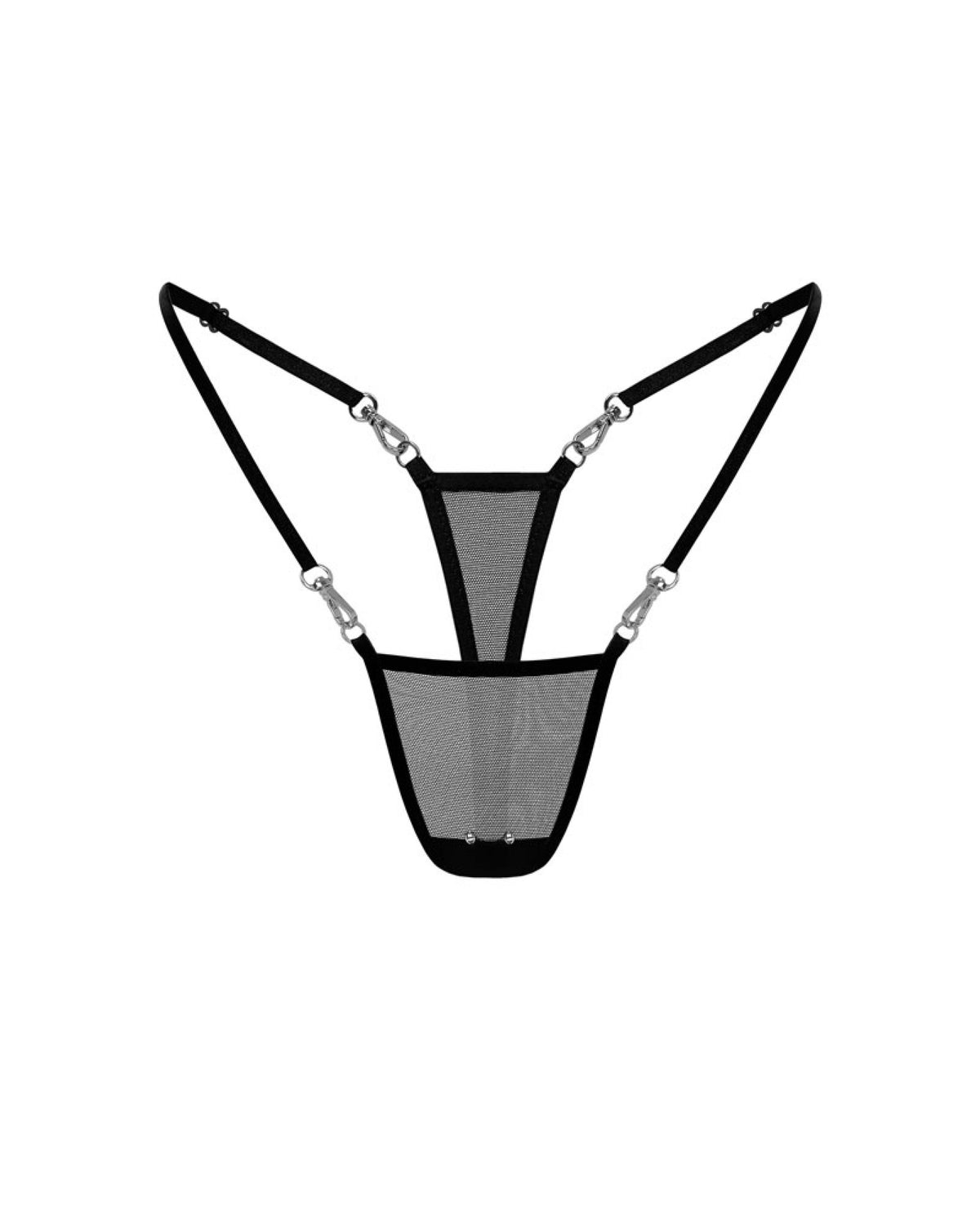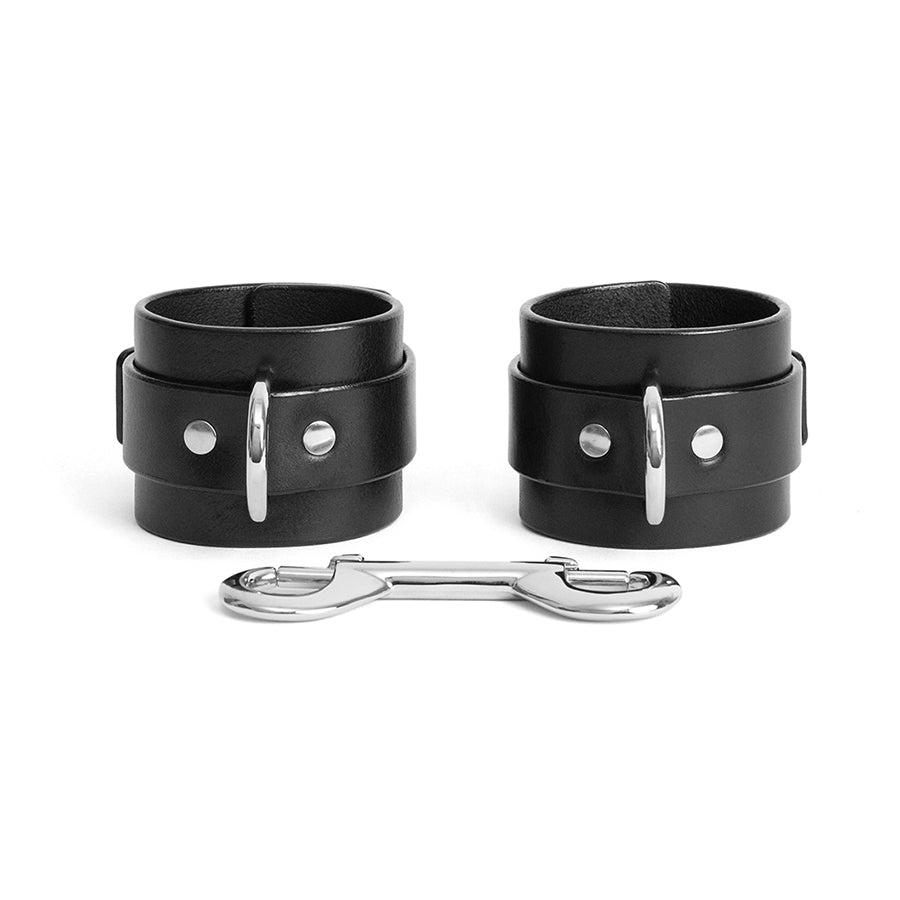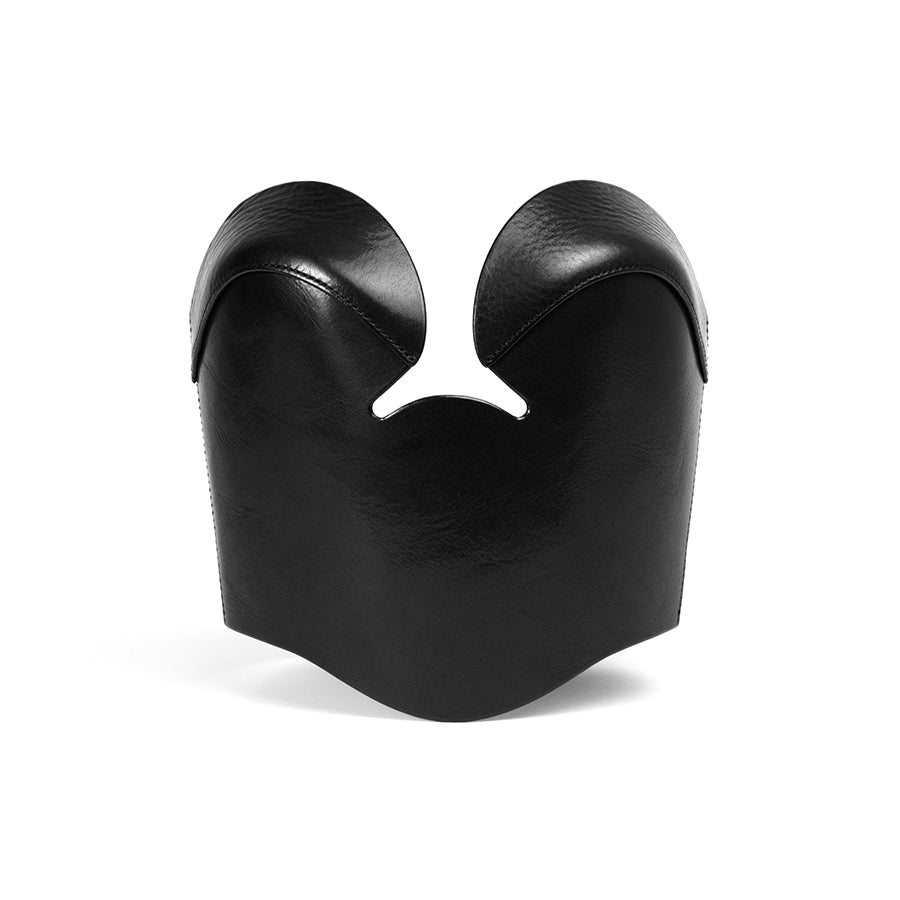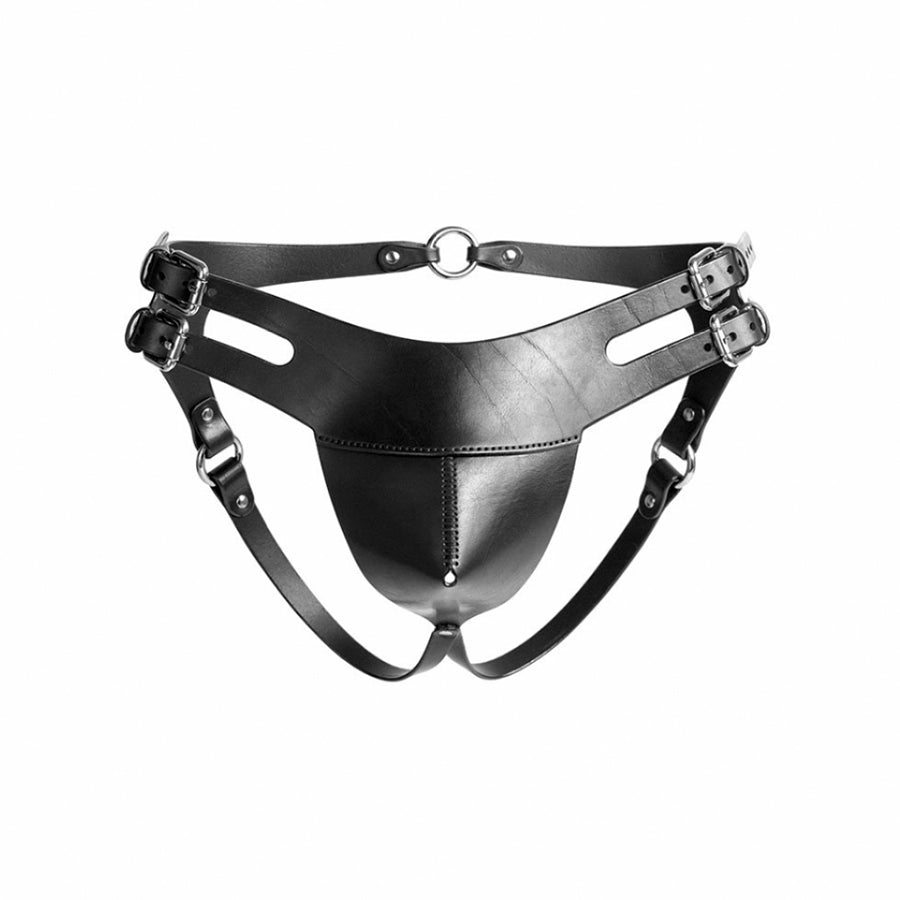
August 05, 2025
How to Navigate a Scene as a Switch
Switches often get the best of both worlds: the thrill of surrender and the power of control. But navigating a scene as a switch isn’t always seamless — especially when your desires shift mid-play or you’re playing with someone new. Whether you’re co-creating a dynamic scene, playing with another switch, or exploring your own versatility, here’s how to approach it with clarity, intention, and a whole lot of kinky creativity.
Know What You Want Or Be Honest That You’re Exploring
Some switches have clear preferences depending on the day, the partner, or the vibe. Others enjoy the ambiguity. Either way, it’s important to communicate where you are before a scene begins. Are you in a dominant headspace today? Craving to be taken? Curious about experimenting but unsure how it’ll feel? Say so.
Try saying:
- “I’m feeling toppy today, but open to switching if it feels right.”
- “I want to start submissive and see where we go.”
- “I’m not sure what I want yet. Let’s check in as we go?”
Negotiate Your Flexibility
Being a switch doesn’t mean being a free-for-all. What are you open to? What are your limits in each role? If you’re with another switch, you’ll need to co-create a structure that respects both of your capacities and preferences.
Discuss before the scene:
- Do you want to switch roles mid-scene?
- Is there a signal or word you can use to initiate a switch?
- What activities feel good in each role, and which don’t?

Structure the Scene Intentionally
Switching within a scene can be thrilling or chaotic, if not planned with care. Some switches prefer playing in distinct “phases”: e.g. 20 minutes as a Dom(me), then a reset, then 20 minutes as a sub. Others like to let power flow more fluidly, even moment to moment. You can plan:
- a role-based structure (e.g. “You top me for the first half, then we switch”)
- a service exchange (e.g. “I’ll massage you, then you tie me up”)
- a task-based scene (e.g. “We both compete to serve or tease each other”)
There’s no one right way — just make sure your partner is equally excited by the format.
Pay Attention to Shifts in Energy
Switches are often highly attuned to emotional and physical shifts, which makes them excellent play partners. Still, mid-scene role transitions can be intense. Watch for cues like hesitation, confusion, or sudden intensity. Check in with yourself and your partner if something feels off.
Good habits include:
- using short verbal check-ins (“Still good?” / “Want to flip?”)
- building in a pause or cuddle to reset the energy
- agreeing on a switch cue word or gesture
Aftercare for Both Roles
Switches often carry dual emotional loads from a scene — the vulnerability of submission and the responsibility of dominance. Don’t underestimate the drop or emotional exhaustion that can come from juggling both.
Post-scene reflection can help:
- What felt good in each role?
- What was challenging?
- What role are you emotionally landing in afterwards?
Aks for aftercare that supports your whole experience: maybe you need both cuddles and reassurance that you did a great job leading.
Embrace the Complexity
Being a switch isn’t about being indecisive. It’s about being multifaceted, responsive, and deeply in tune with your own erotic power. Navigating scenes as a switch takes communication, creativity, and sometimes a bit of trial and error. But when it works, it really works.







